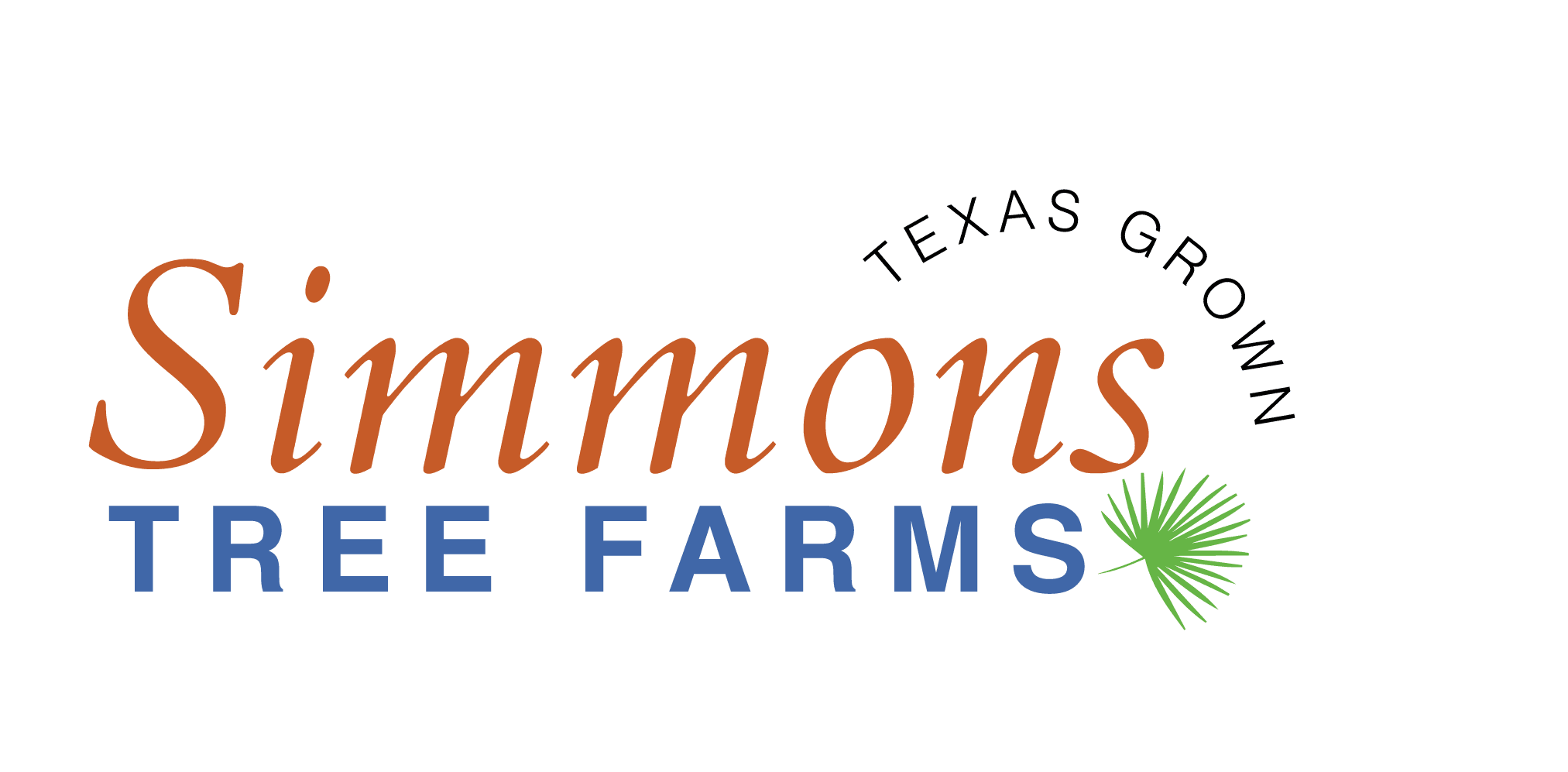Texas has just been through its coldest winter in many, many years – and if you believe the prognosticating of Punxsutawner Phil, we still have three more weeks of it. There was even measurable snow in the Rio Grande Valley! Many palm trees did not survive the winter and we know you want to replace them with other palms! And that’s great – just choose one that will survive your winter weather. Here’s our list of the top choices for the north half of Texas. (They are listed in a random order) Right palm, right place!
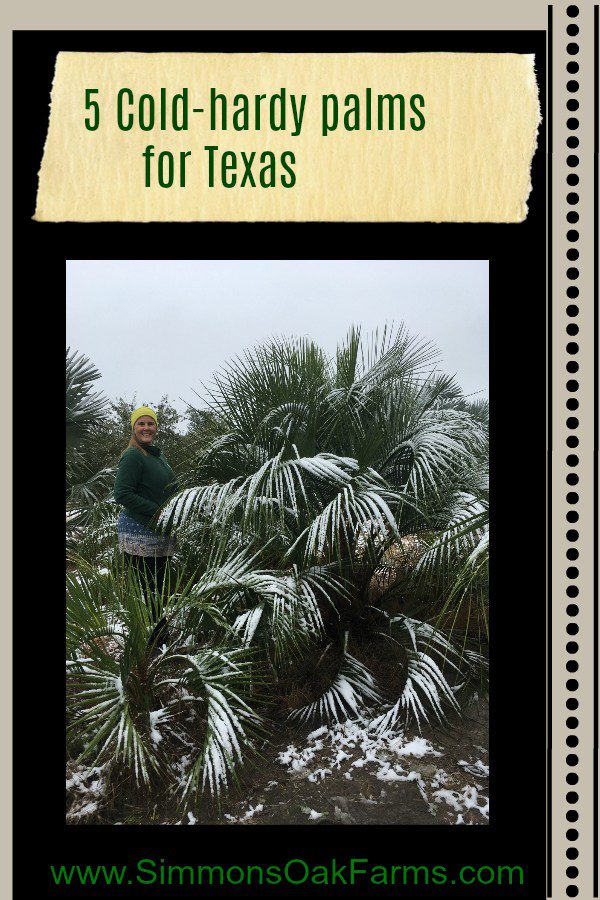
#1 MEDITERRANEAN FAN PALM, Chamerops humilis
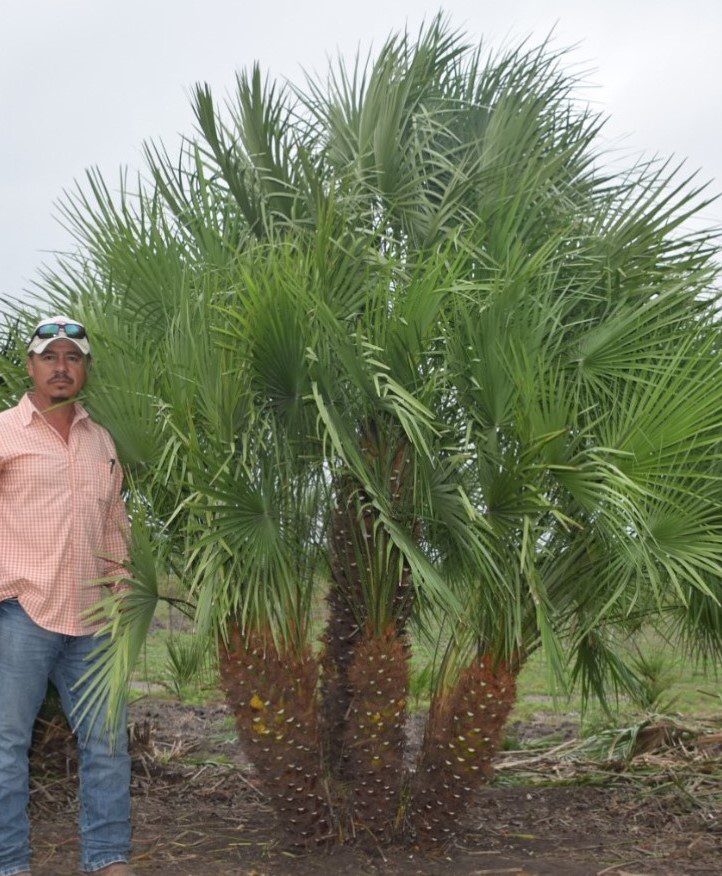
Med fans are cold hardy to 16-17 degrees – and thought to be hardy as low as 0 degrees. I do know that they suffered little damage in Dallas during the winter of 2010 – and those temps dropped into single digits! They are a short multi-trunked, fan-leafed palm. Meds make a great accent and also work in a foundation planting. They also come in a silver cultivar. For more information, click here or here for info on silver meds.
#2 WINDMILL PALM, Tracycarpus fortunii
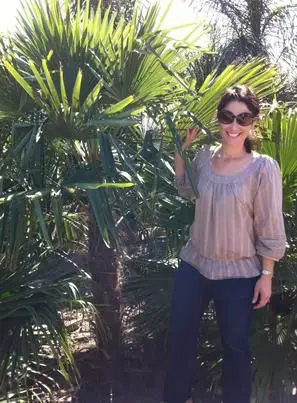
Unscathed or minor damage at 10 degrees, windmills are thought to be hardy to at least 0 degrees. They are single trunked, shortish, with fan leafs.
#3 PINDO PALMS, Butia capitata
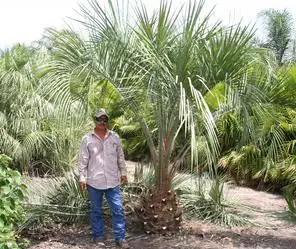
The Pindo Palm is the most cold hardy feather palm with no damage to 14 degrees. It’s thought to be hardy to 10 degrees. Pindos handle the harsh north Texas winters with little or no damage. They are a short stature accent palms. The foliage leans to the blue-green or silvery-gray color. For more information, click here.
#4 TRUE (or EDIBLE) DATE PALM, Phoenix dactylifera
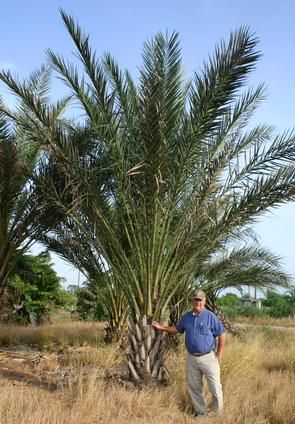
Some people call this palm a Mejool. (Mejool is a type of dactylifera). It’s a great choice for parking lots, to line a long drive or road, or to anchor a planting bed. Damaged but recovered at 19 degrees. For more information, click here.
#5 TEXAS SABAL, Sabal texana or Sabal mexicana
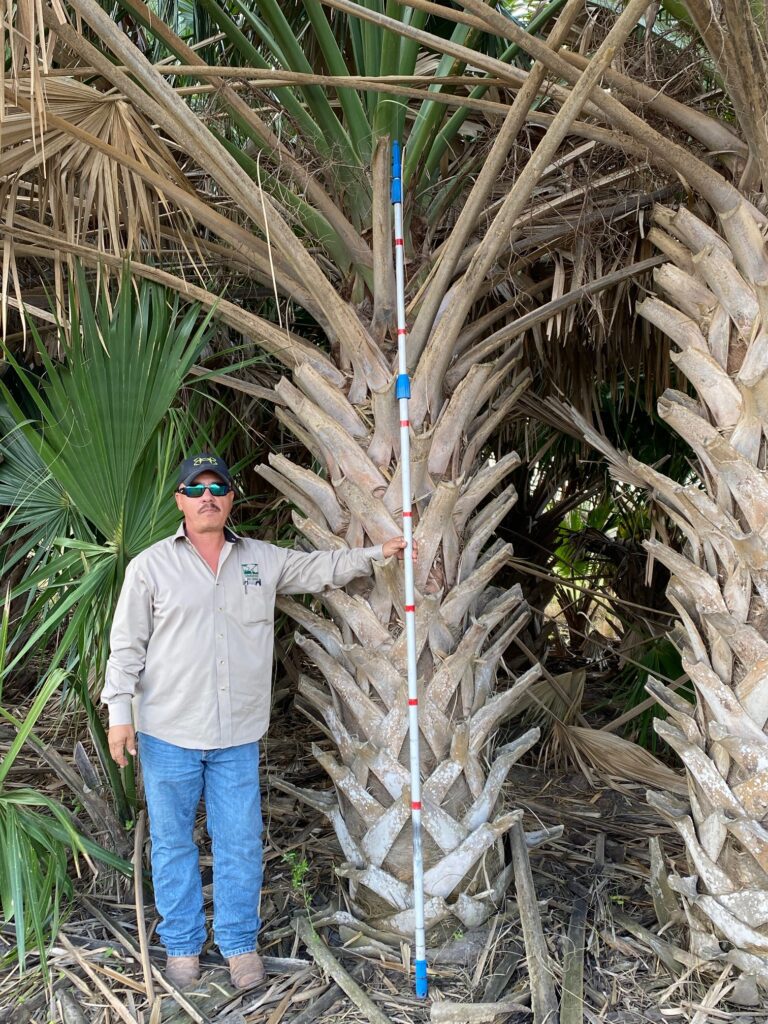
Hardy to at least 5 degrees and reported to survive sub-zero temperatures. This is the only palm tree native to the Rio Grande Valley (translation: no fuss, no muss) For more information, click here.
All of the temperatures given are from Betrock’s Cold Hardy Palms.
